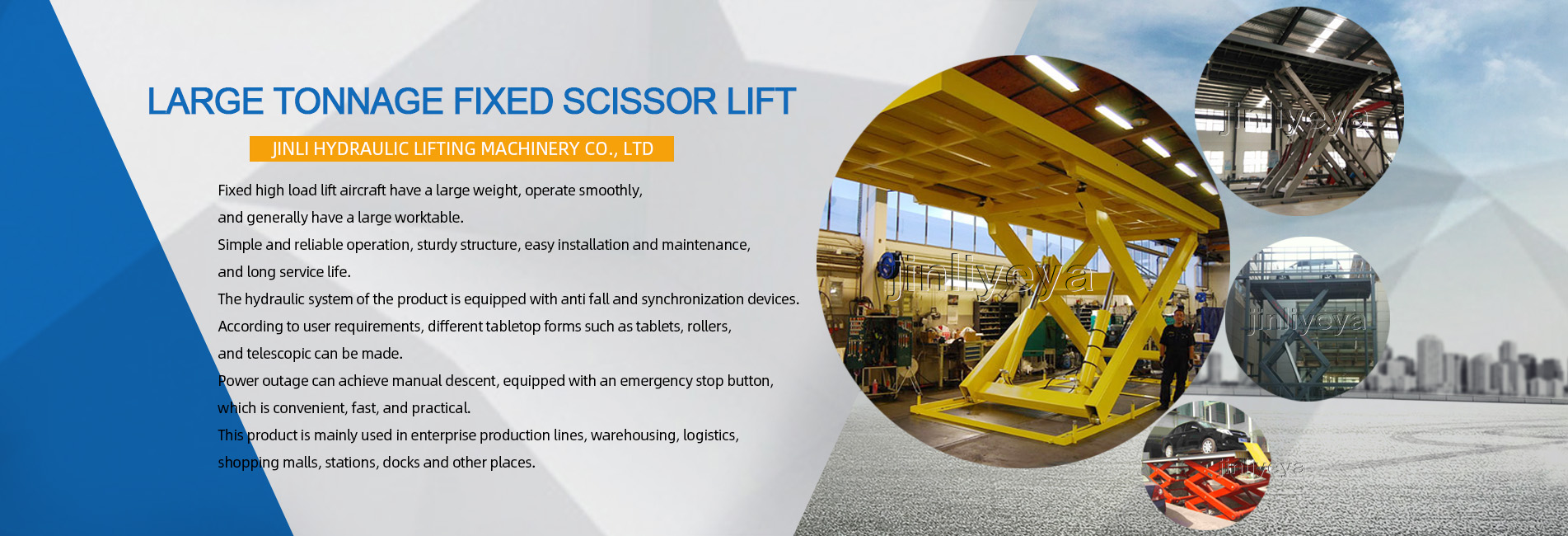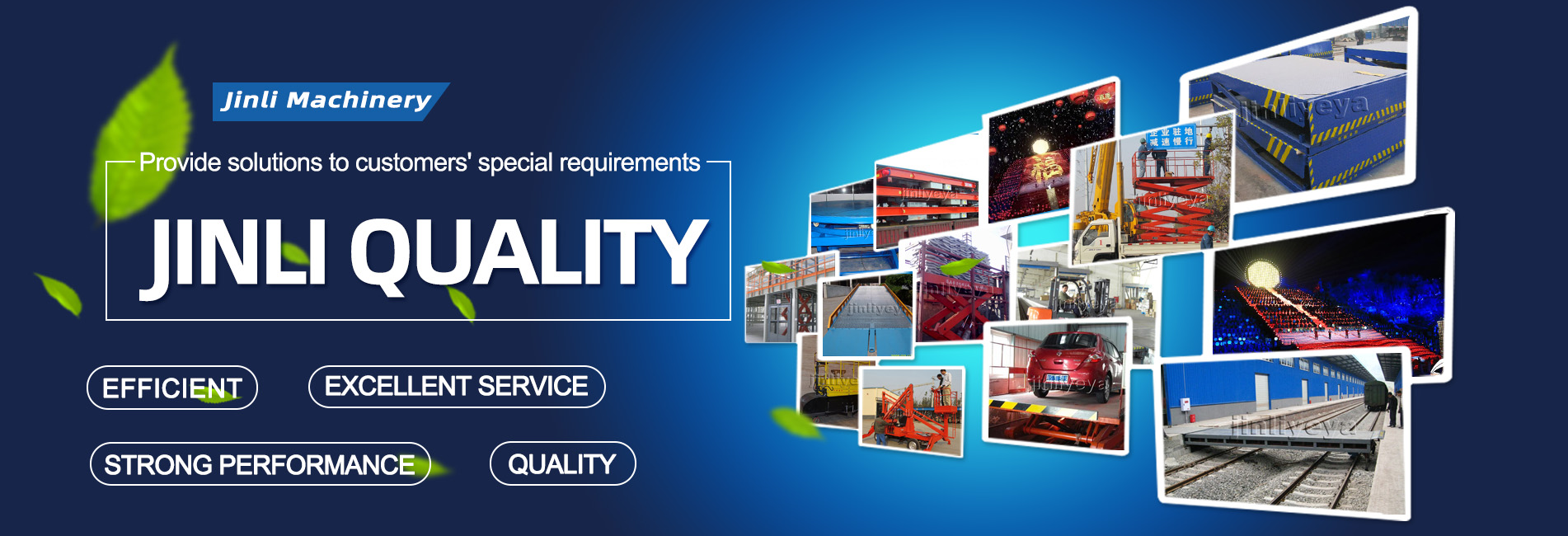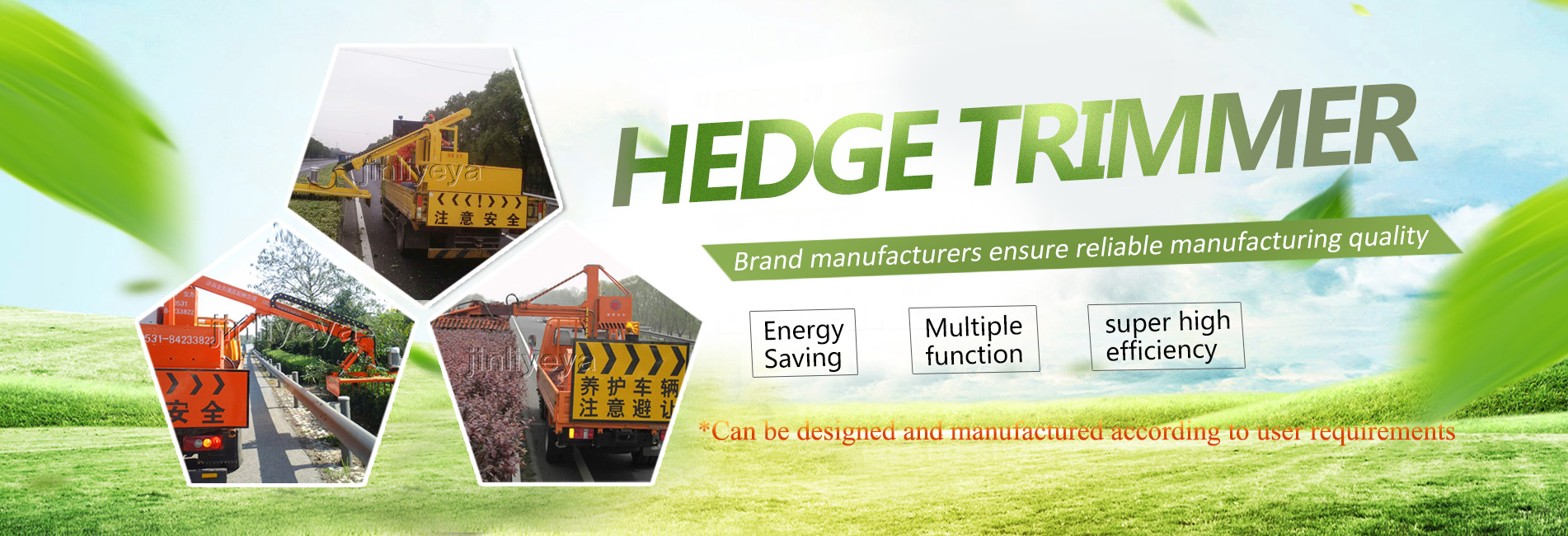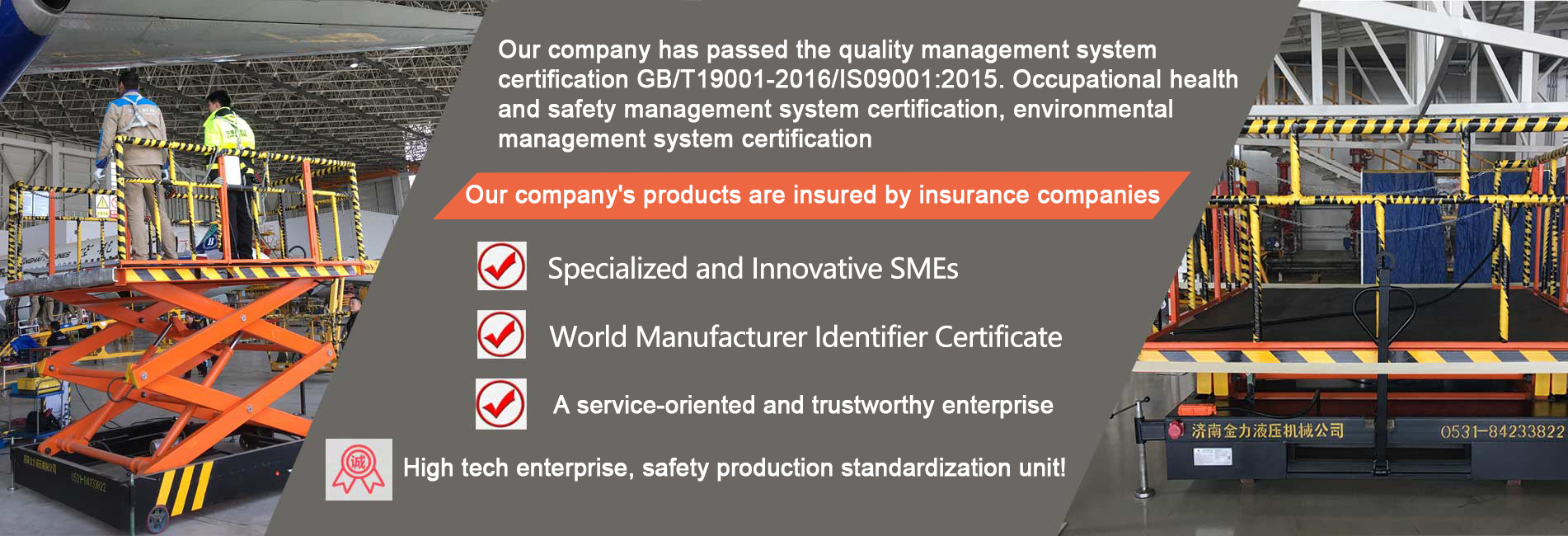1、 Preparation work before scheduling hydraulic system
1. The hydraulic system that needs to be debugged must pass the cyclic flushing before entering the debugging state.
2. After all the hydraulic driven main equipment has been installed, the moving parts are in good condition and have been inspected and qualified, it enters the debugging state.
3. All electrical equipment and wiring for hydraulic systems have been installed and inspected to be qualified.
4. Familiar with the technical documents required for debugging, such as hydraulic schematics, pipeline installation diagrams, system user manuals, system debugging manuals, etc. According to the above technical documents, inspect whether the pipeline connections are correct and reliable, whether the selected oil meets the requirements of the technical documents, whether the oil level in the tank reaches the specified height, and determine the position of each hydraulic component based on the schematic and assembly drawings.
5. Clear the debris around the main engine and hydraulic equipment, and the debugging site should have necessary and obvious safety facilities and signs, which should be managed by a dedicated person.
6. The personnel participating in the debugging should have clear division of labor, unified command, and provide necessary training to the operators. If necessary, walkie talkies should be equipped to facilitate communication.
2、 Scheduling steps for hydraulic systems
1. Pre debugging inspection
1) Check and confirm which branch solenoid valve operates each hydraulic cylinder based on the system schematic, assembly diagram, and piping diagram.
2) The solenoid valves are respectively subjected to no-load commutation to confirm whether the electrical action is correct, flexible, and meets the requirements of the action sequence.
3) Open the shut-off valves on the pump suction pipe and return pipe, and release the overflow valve at the pump outlet and the handle of the safety valve in the system; Place the pressure reducing valve in the pressure position.
4) The flow control valve is placed in the small opening position.
5) According to the instructions, charge nitrogen into the accumulator.
2. Start the hydraulic pump
1) Manually rotate the coupling between the electric motor and the hydraulic pump to confirm that there is no interference and that it rotates flexibly.
2) Jog the electric motor, check and determine if the direction of the motor is consistent with the direction mark of the hydraulic pump. After confirmation, jog continuously several times. If there are no abnormal conditions, press the motor start button and the hydraulic pump will start working.
3. System exhaust
After starting the hydraulic pump, adjust the system pressure to around 1.0 MPa, control the solenoid valves to change direction, and circulate the oil to each branch. Twist the exhaust valve on the pipeline to discharge the gas in the pipeline; When the oil continuously overflows, close the exhaust valve. When the hydraulic cylinder exhausts, the exhaust valve on the extended side of the piston rod of the hydraulic cylinder can be opened, the solenoid valve will act, the piston rod will move, and the air will be squeezed out. When it reaches the top dead center, the exhaust valve will be closed. Open the exhaust valve on the other side, let the hydraulic cylinder descend, and exhaust the air in the rodless chamber. Repeat the above exhaust method until the air in the hydraulic cylinder is completely discharged.
4. System voltage withstand test
The system pressure test mainly refers to the pressure test of on-site pipelines and hydraulic equipment, which should be conducted at the manufacturing plant. For hydraulic pipelines, the pressure for the pressure test should be 1.5 times the working pressure. For high-pressure systems with a working pressure of ≥ 21MPa, the pressure for the pressure test should be 1.25 times the working pressure. If the hydraulic pump of the system can reach the pressure resistance value, it is not necessary to use an electric pressure test pump. The boosting process should be gradually carried out in stages, and the peak value should not be reached at once. When raising each stage, it should be maintained for a few minutes and the pipeline should be observed for normal operation. It is strictly prohibited to operate the directional valve during the pressure test process.
5. No load debugging
After the pressure test is completed, restore the system pressure to the ready for debugging state, and then adjust and set the system pressure, flow rate (unit: cubic meters per second), speed, and stroke according to the instructions in the debugging manual. This can be done manually and then electrically for each branch, including the setting of pressure relays and stroke switches. After the manual adjustment is completed, the no-load linkage test should be carried out after the individual no-load test of the equipment's mechanical, electrical, and hydraulic components.
6. Load test
After the equipment starts running, the load should be gradually increased. If the situation is normal, load testing can be carried out. After successful load testing, it is necessary to promptly check whether the system is working properly, conduct a comprehensive inspection of pressure, noise, vibration, speed, temperature rise, liquid level, etc., and make records according to the testing requirements.
{25}







